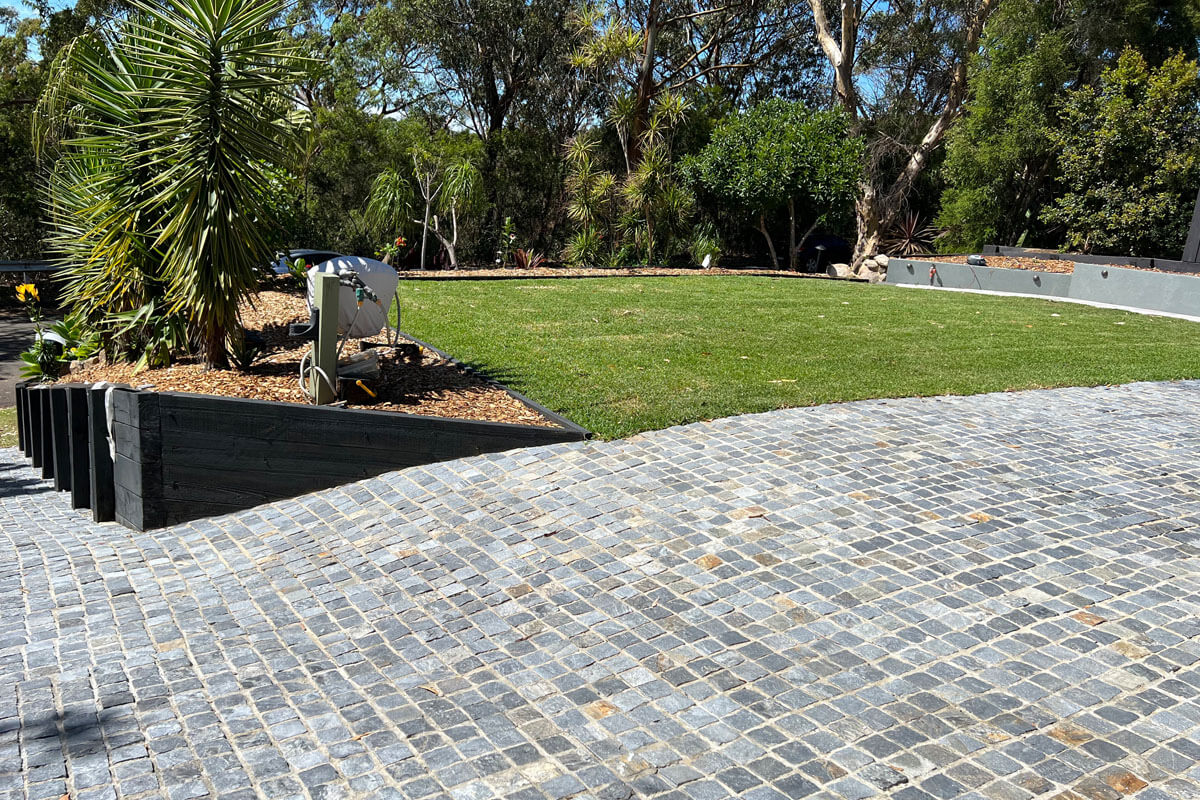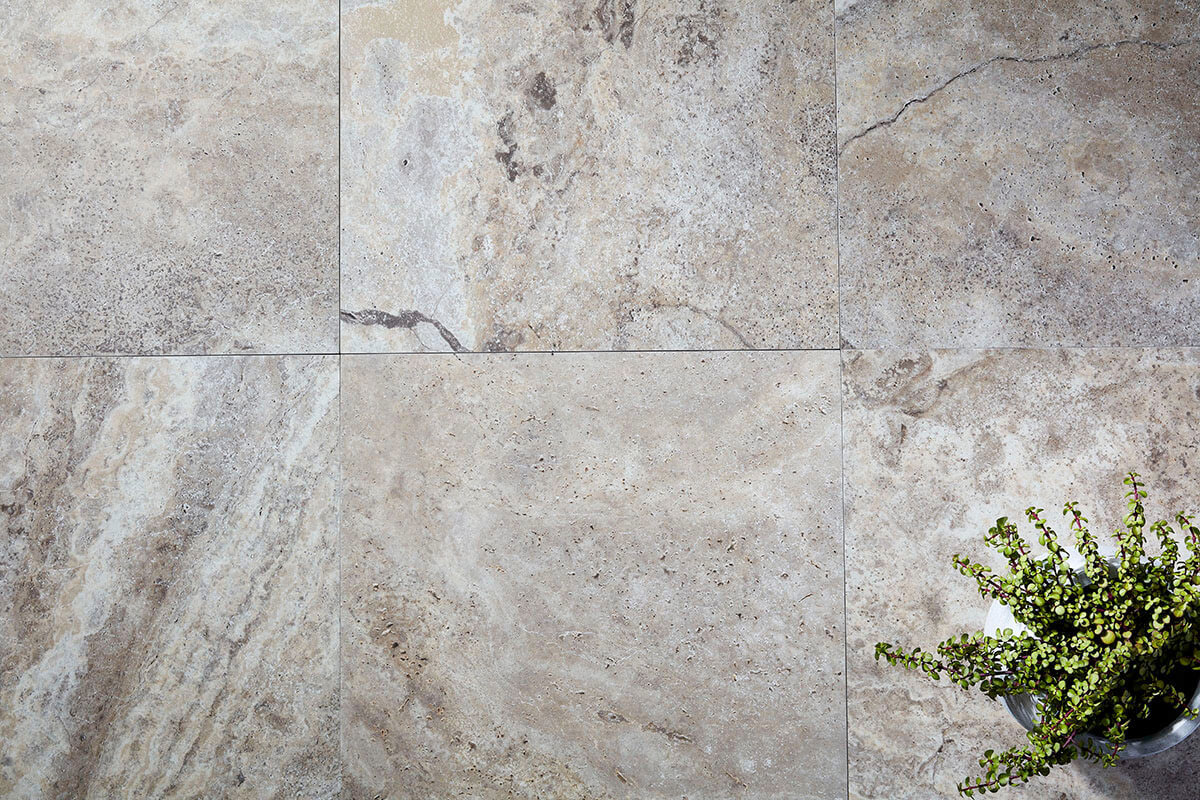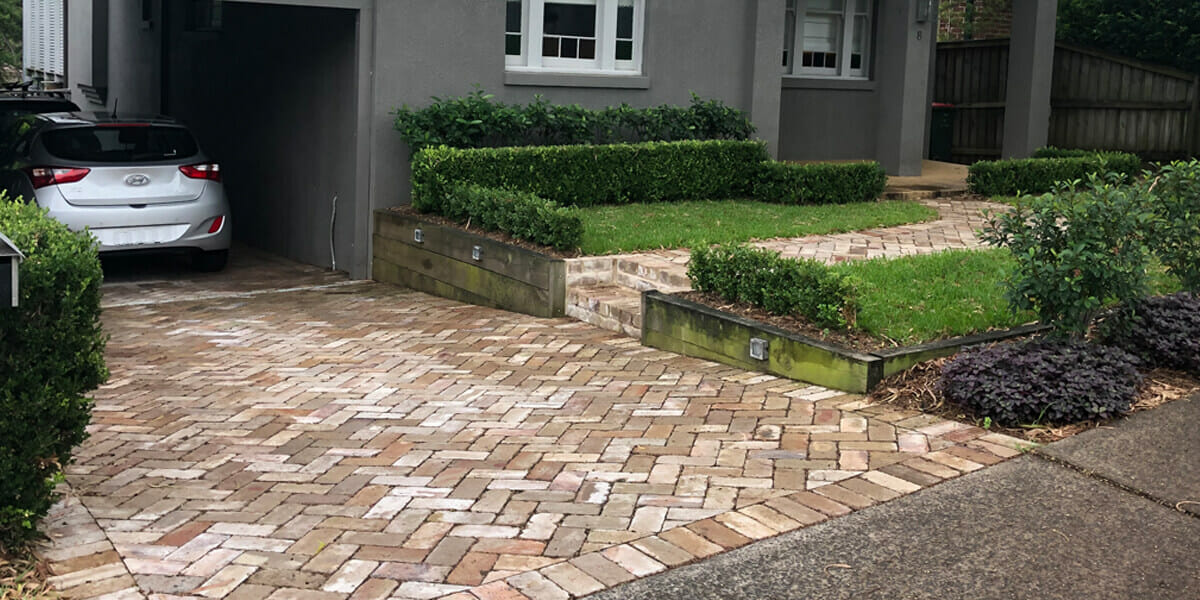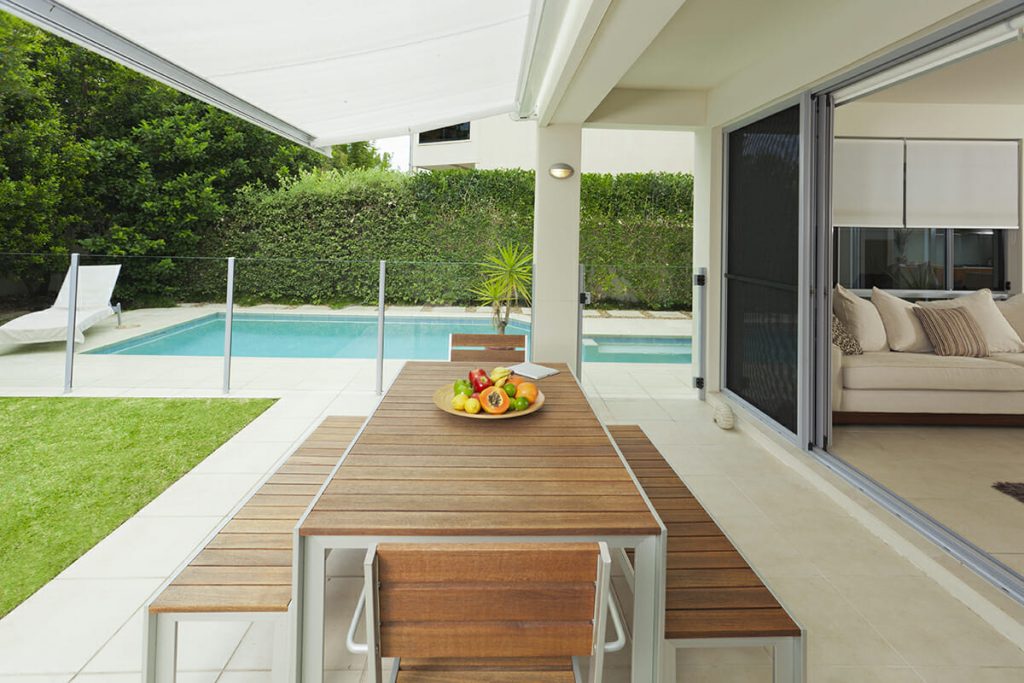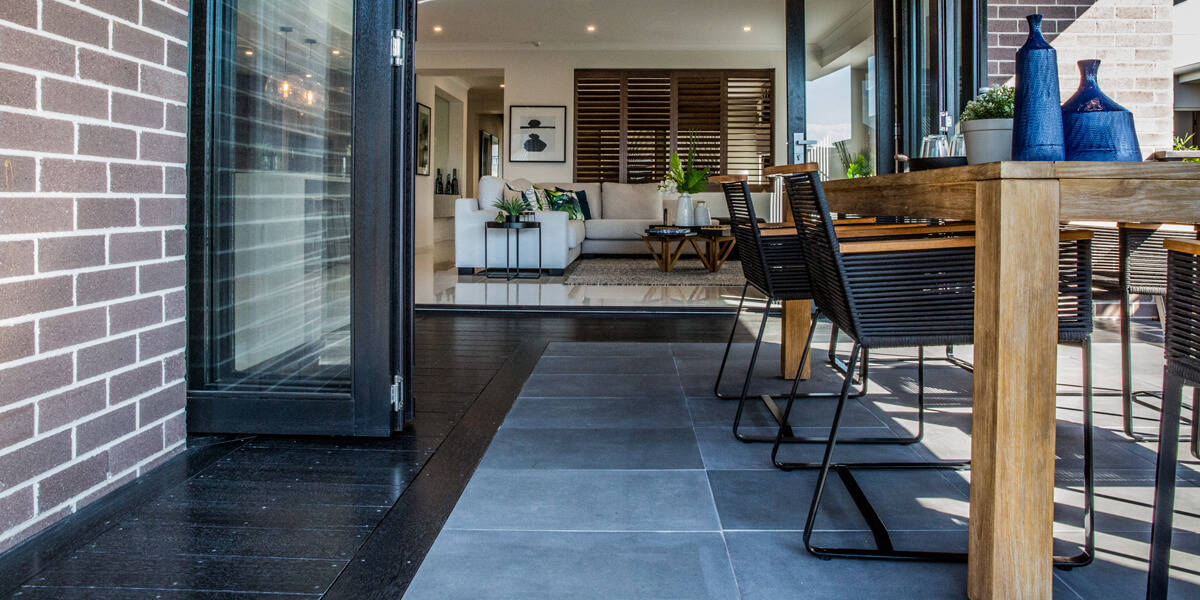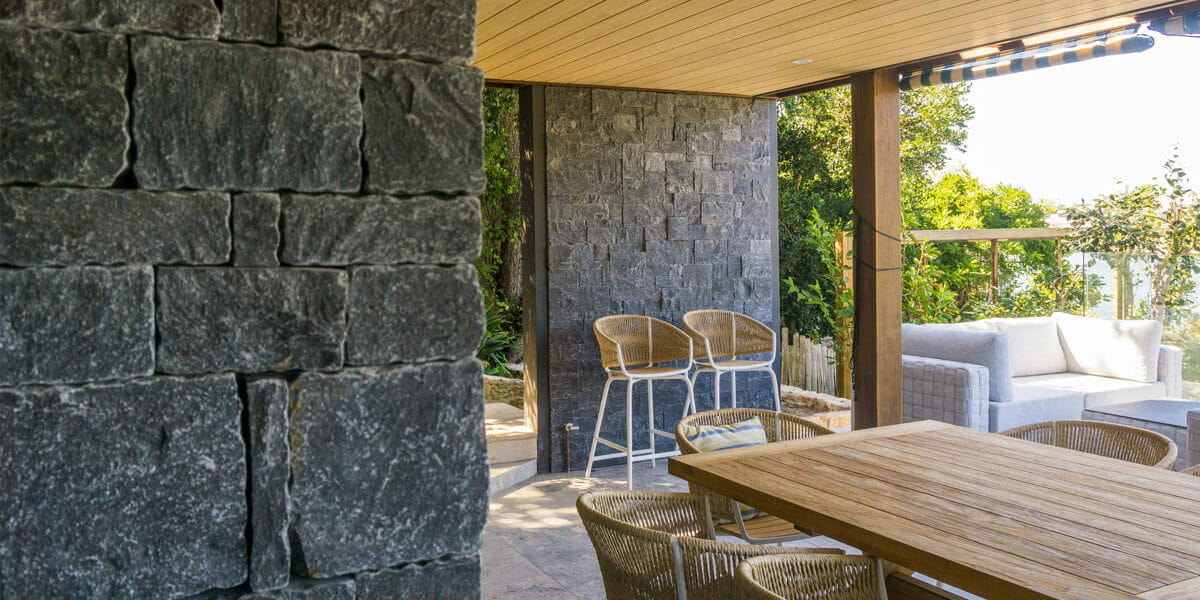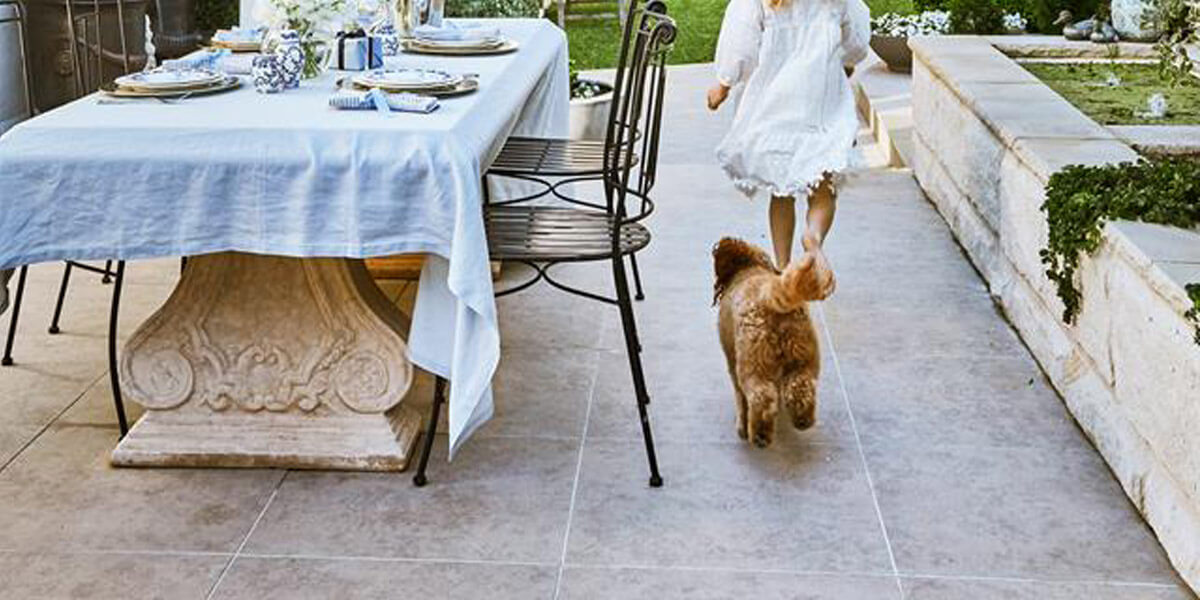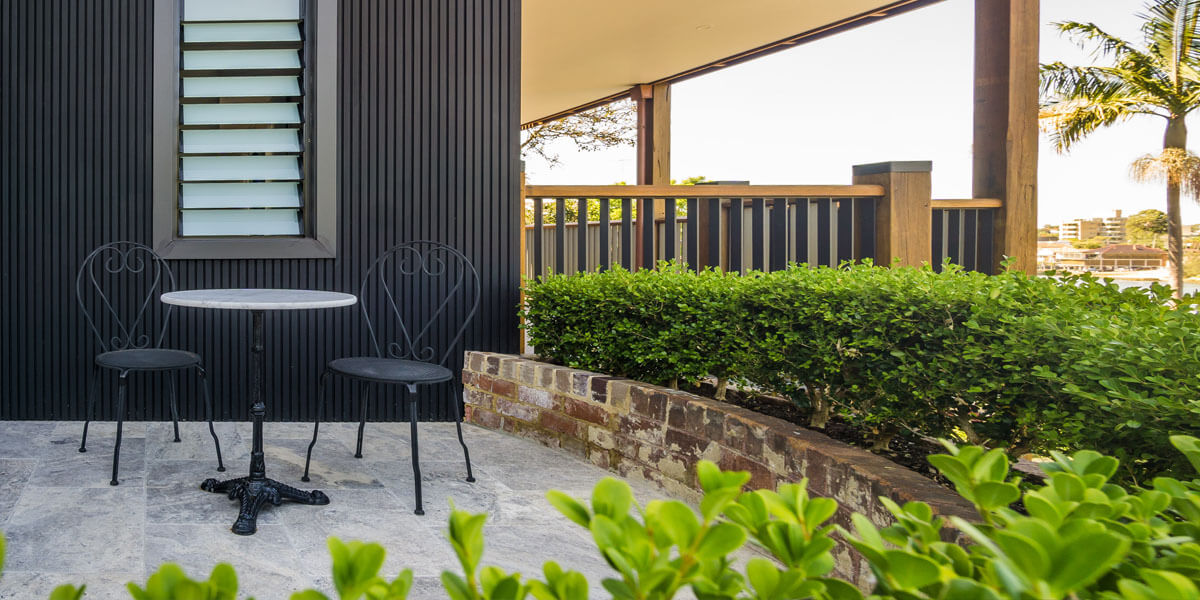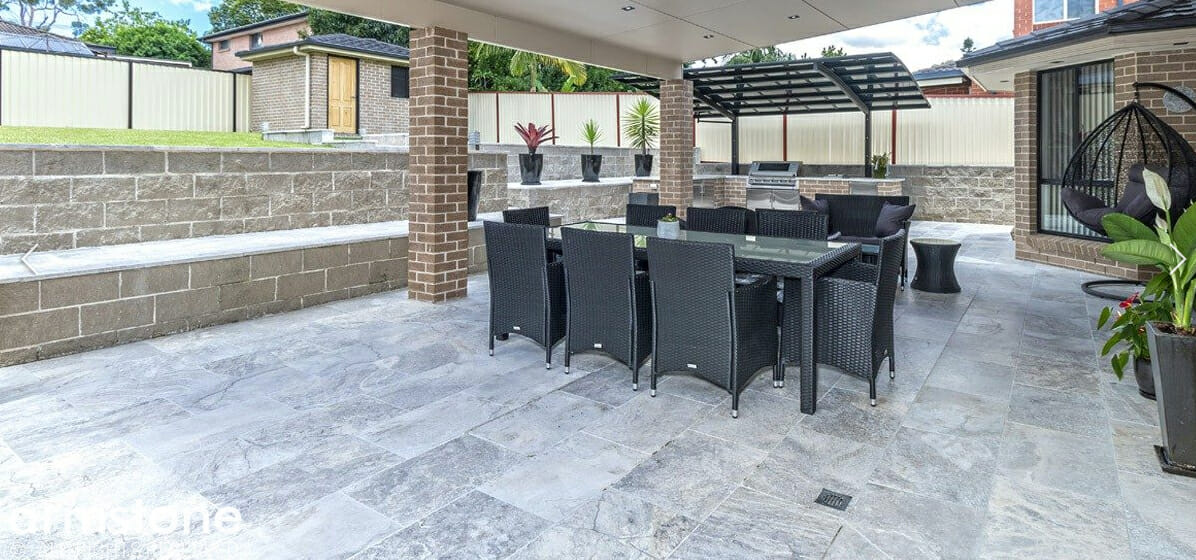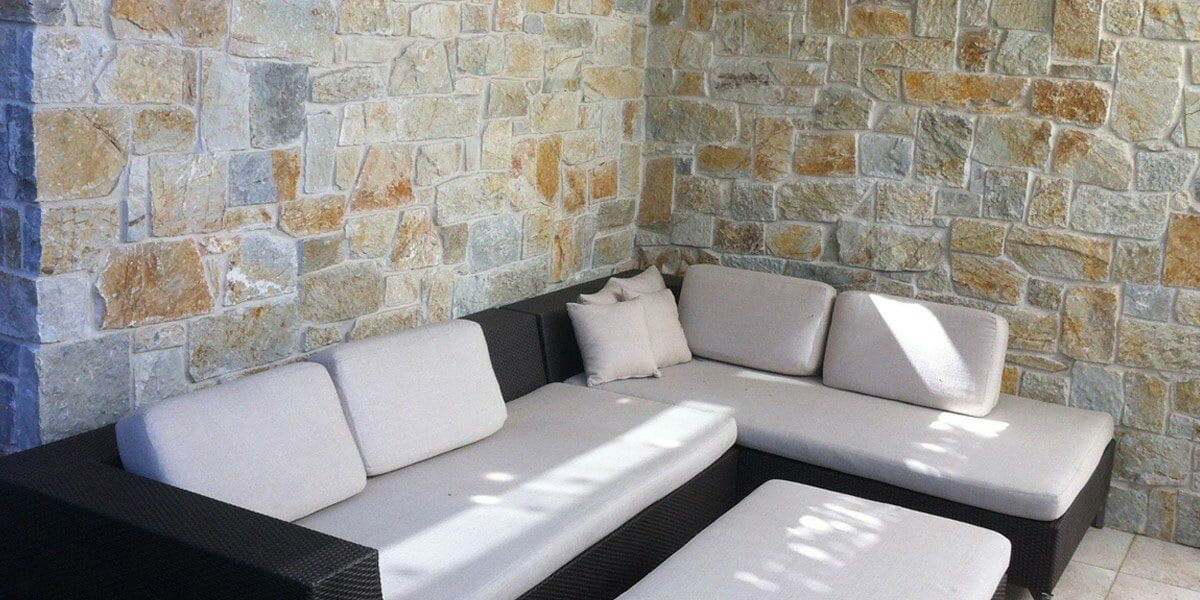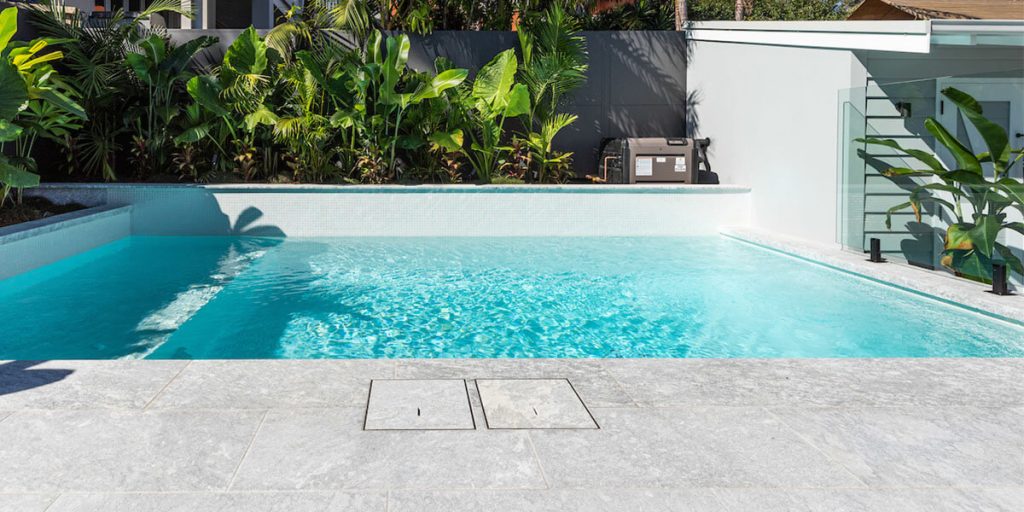
Like many things around the world, swimming pool design has come a long way from being a simple structure made of white rectangular boxes with a shallow end at one end and a deep end at the other.
If you look around now, you will notice that today’s swimming pools are often highly customised affairs, with their shape, size, depth, colour and materials chosen to suit not only their owner’s unique lifestyle, but also the aesthetics and personality of their home.
So in today’s article we will have a look at the latest swimming pool trends.
Hopefully you will find something to inspire your summer project!
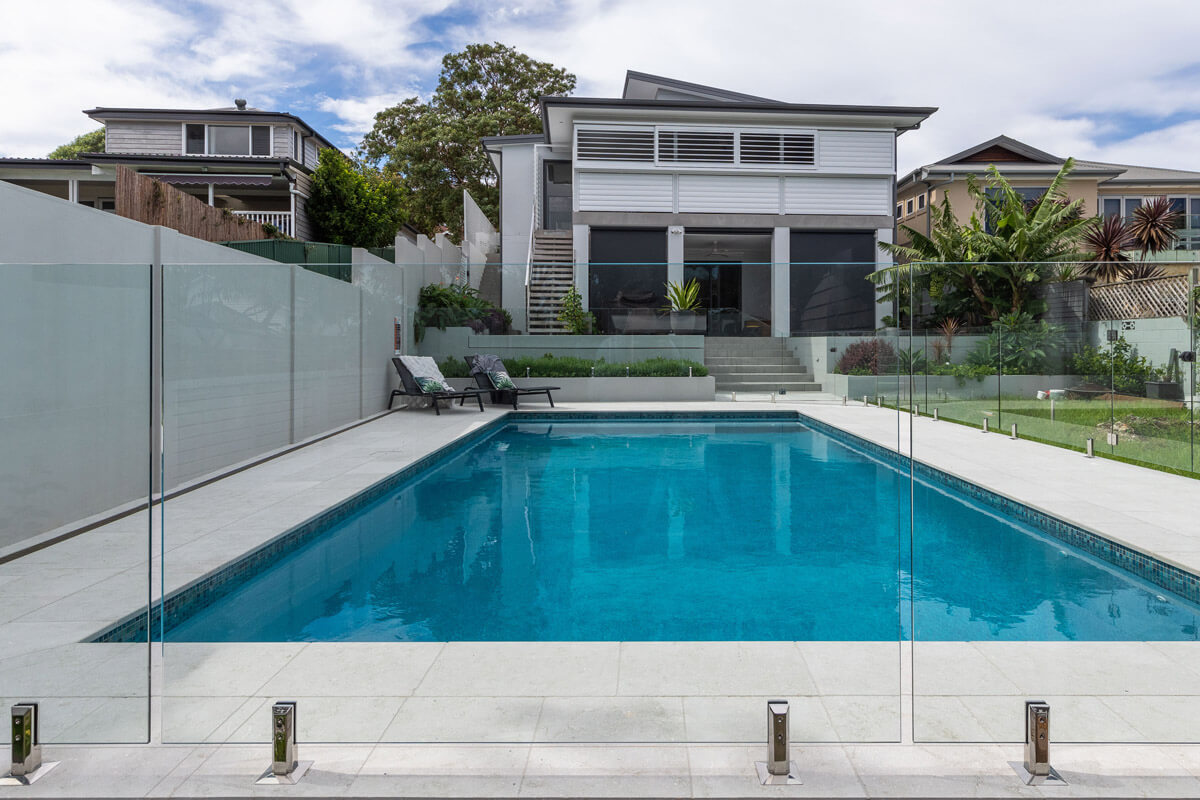
What are the most popular swimming pool designs and shapes?
So what are the latest swimming pool design trends? Let’s take a look at what’s popular in homes across Australia and around the world this summer.
- Infinity edges – Also known as disappearing or vanishing edges, this is a modern and highly popular pool design feature where, due to a lowered lip along the outer edge of the pool, the water appears to extend to the horizon towards infinity and beyond. You might have seen some famous hotels – like the Marina Bay Sands Skypark in Singapore – that have iconic pools with infinity edges.
- Lounging ledges – These are typically a luxurious addition that is inbuilt to the shallow areas in the pool. They’re about 6 inches deep and are ideal for entertaining and families where swimmers can relax and sunbathe and children can play and paddle in a safer environment.
- Swim up bars – These are exactly what they sound like: a little island that acts as a table in the middle of the pool. Particularly popular at resorts and hotels, they are also making appearances in more backyard pools, allowing you to stay cool and relaxed in the water while enjoying your favourite beverage at the same time.
- Smart pools – Nowadays, most new pools can have almost every energy-efficient function incorporated into their design and then remotely controlled from your phone or mobile device. These functions include lighting, pumps, cleaning and solar powered heating/cooling.
- Lap pools – With limited space becoming a widespread issue in many backyards, lap pools are steadily growing in popularity. They allow you to perform your daily swimming routine and then cover the area to provide additional space for outdoor entertaining.
- Plunge pools – These provide even more efficient use of space than lap pools. Plunge pools have water jets and just enough area to swim. These can also be fitted pretty much in any area, providing your home (no matter how small) an ideal space to cool down from the summer heat.
- Hydrotherapy jets – Similar to those found in most spas and hot tubs, these jets are built into the walls of your swimming pool to add motion and circulation to the water. They’re also great for soothing tired muscles after your workout.
- Saltwater pools – While these are definitely not new, due to their more natural feel and ability to maintain a pools’ chemical balance without the need to use chlorine, salt-water pools are making a comeback and quickly gaining popularity.
- Mosaic tiles – Adding mosaic tiles to the pool is a trend that is increasing in popularity. Whether you opt for a traditional pattern or something more modern and avant-garde, they are a great way to personalise your pool and add visual impact.
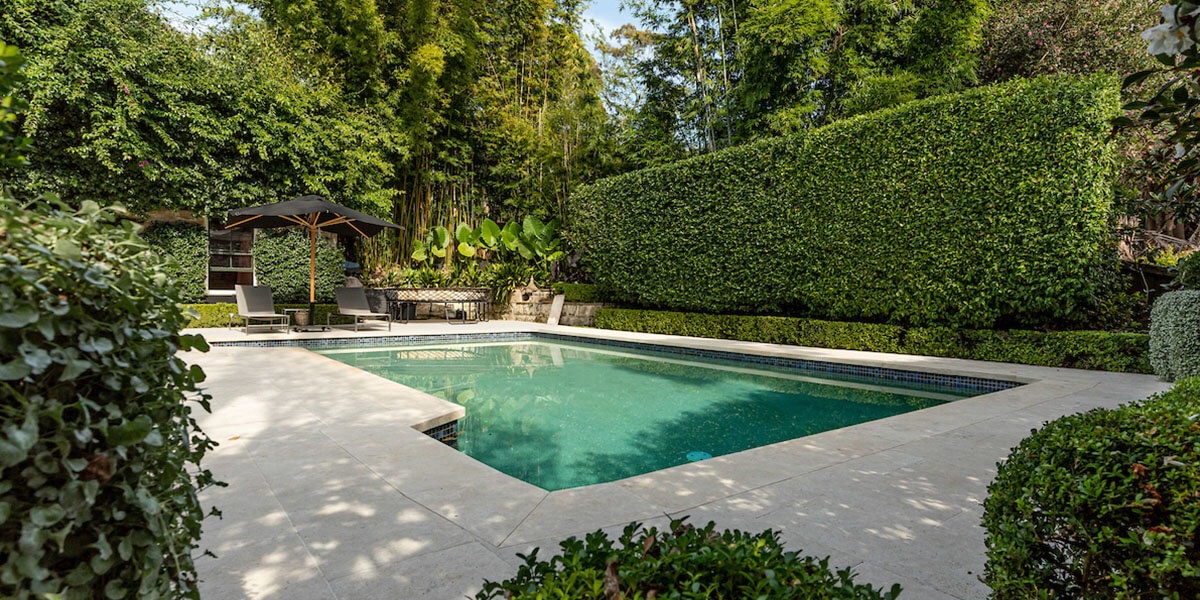
Creating the perfect pool setting
When designing your pool, while it’s important to build a beautiful structure, it’s equally important to create a pleasing surrounding. While poolside design trends are changing all the time, some current popular themes include:
- Outdoor living rooms – This involves extending the indoor living room concept into an outdoor setting similar to a patio with a kitchen, but one where guests can enjoy a relaxing dip and a great meal near the poolscape without needing to venture indoors.
- Poolside lighting – Outdoor living can be enjoyed at night by adding mood lighting both in and around the pool. Another way to enjoy your poolside area at night is giving it a primal aesthetic by installing flame-based features such as spike lights, fire bowls, braziers and fire pits.
- Water features – Adding fountains, waterfalls and rain walls create a sensory delight for your sight and hearing while simultaneously ensuring that the pool water regularly circulates and stays fresh.
- Natural swimming pools – There is a popular trend at the moment whereby landscapers are designing pools in shapes and colours that resemble natural swimming holes. These often include rock formations and lush vegetation coming right down to the water’s edge.
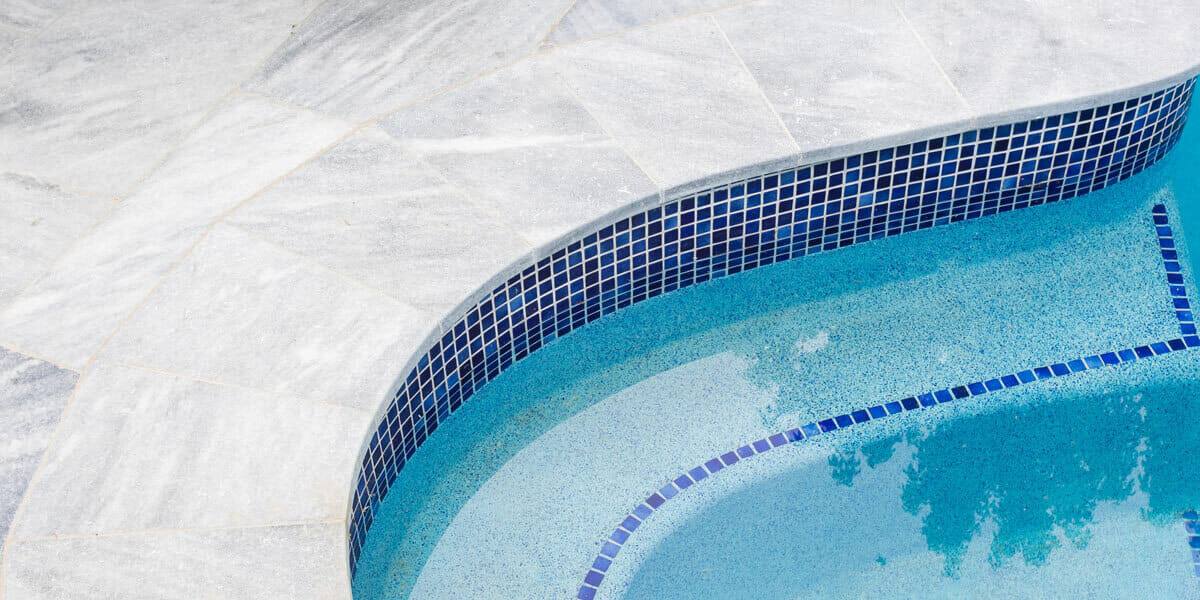
Some things are always on-trend
While pool design and landscaping ideas come and go, the most popular materials for swimming pools and surrounds tend to remain the same. Glass mosaic tiles and natural stone pavers – for example – are two materials that never go out of style. They are popular for their natural aesthetics and durability. They also always look elegant and stylish no matter where or when they have been installed.
The most popular glass pool tiles are manufactured in Spain – a country renowned worldwide for its artistry in tile making. While there are a wide variety of beautiful colours to choose from, remember that not all pool tiles are created equal, so be sure to keep factors such as cost, cleaning, slip resistance and ease of installation in mind.
In case you need any assistance with choosing the best pool tiles or pavers for your swimming pool project, reach out to our natural stone experts at Armstone either online or at 1300 560 560. We have over 10 years experience in helping guide homeowners in building pools that are both beautiful and durable.
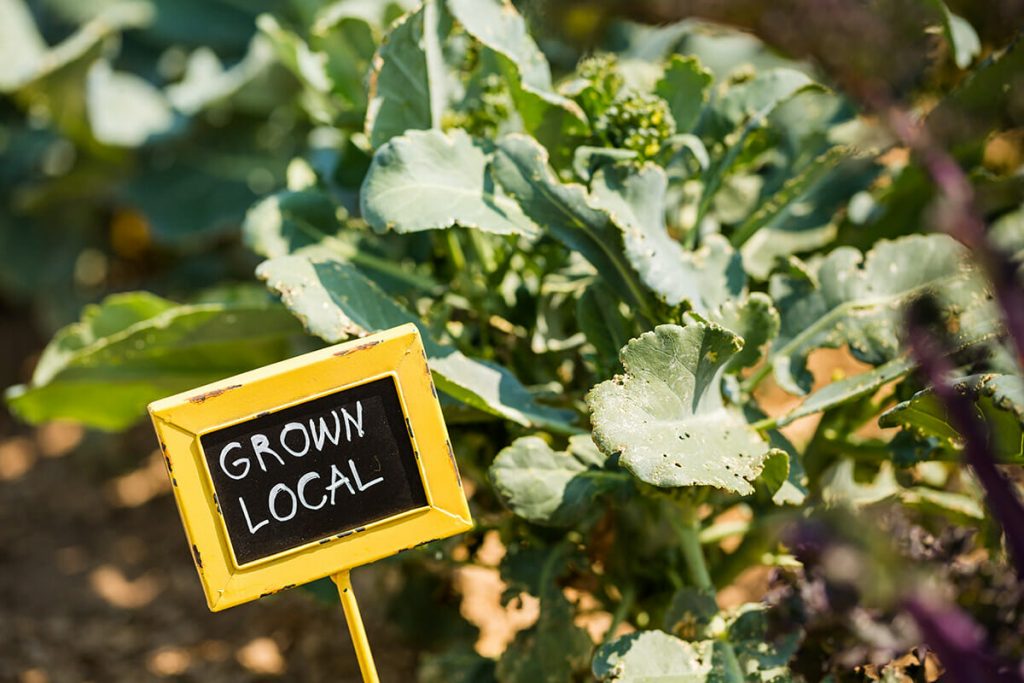
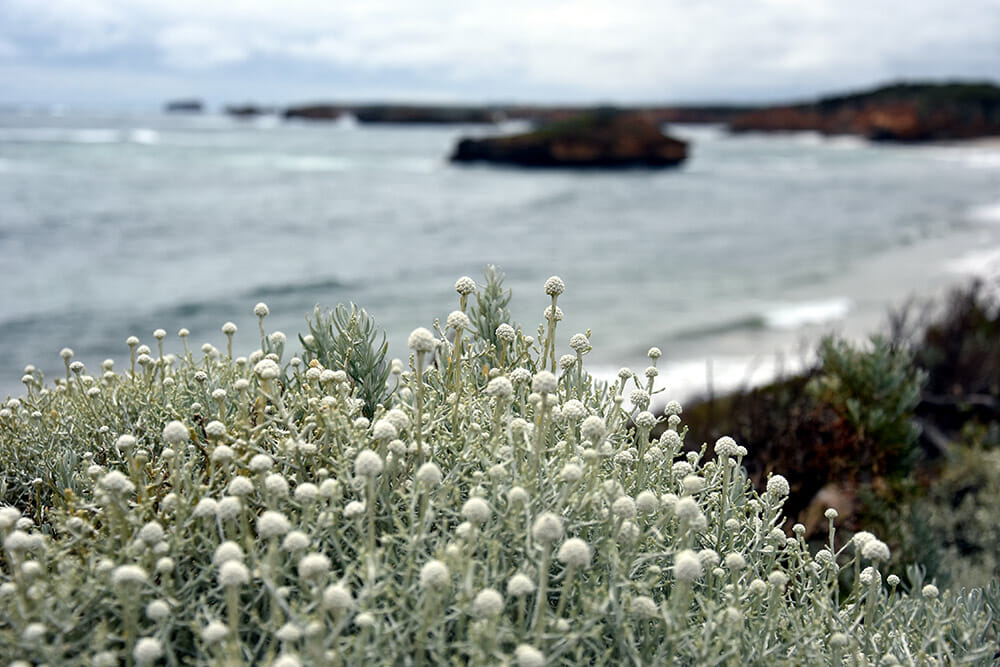
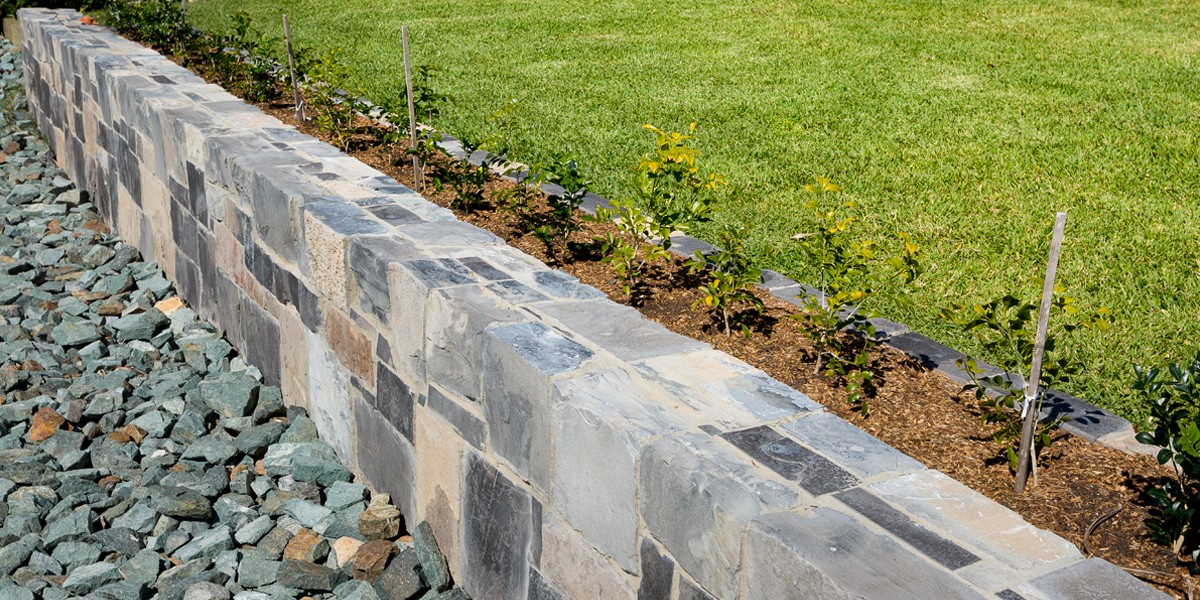
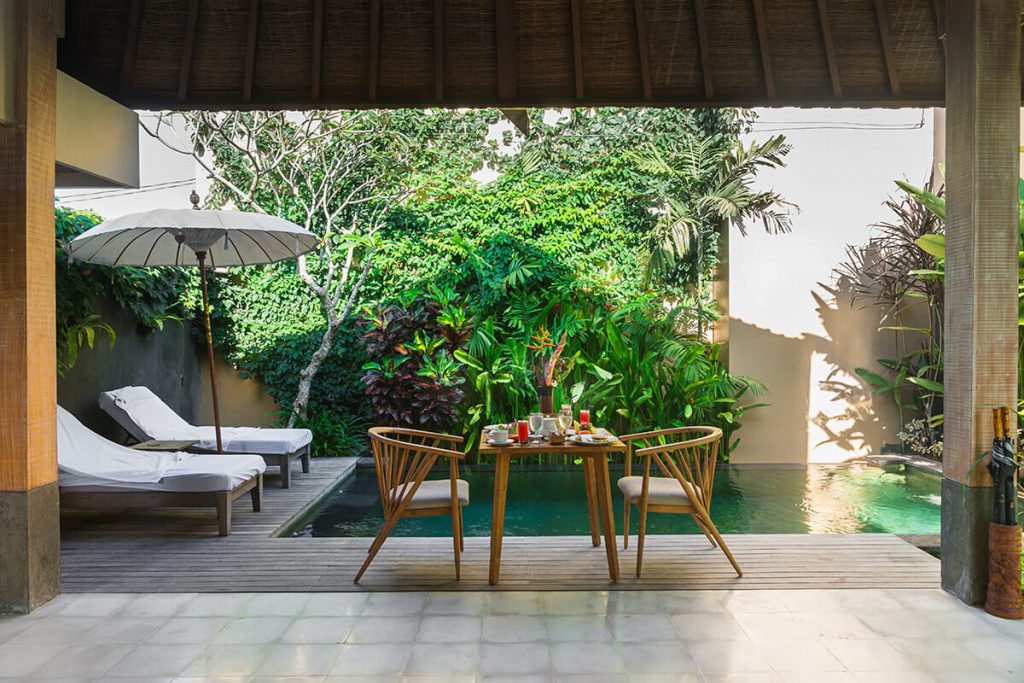
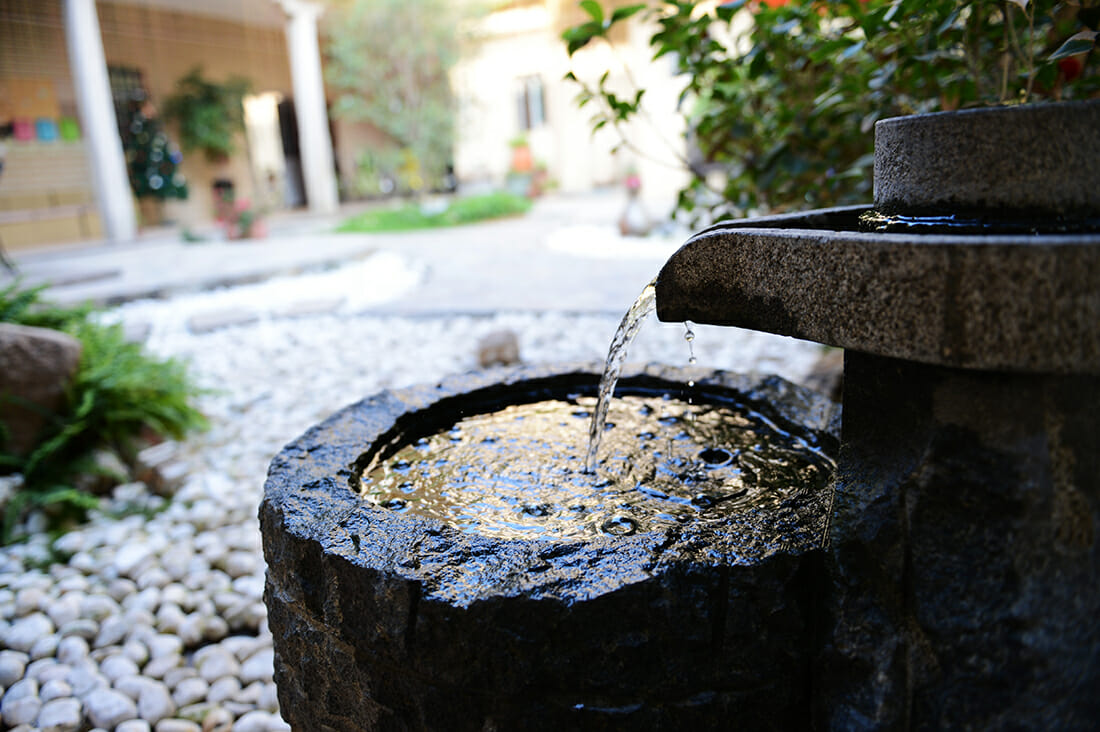
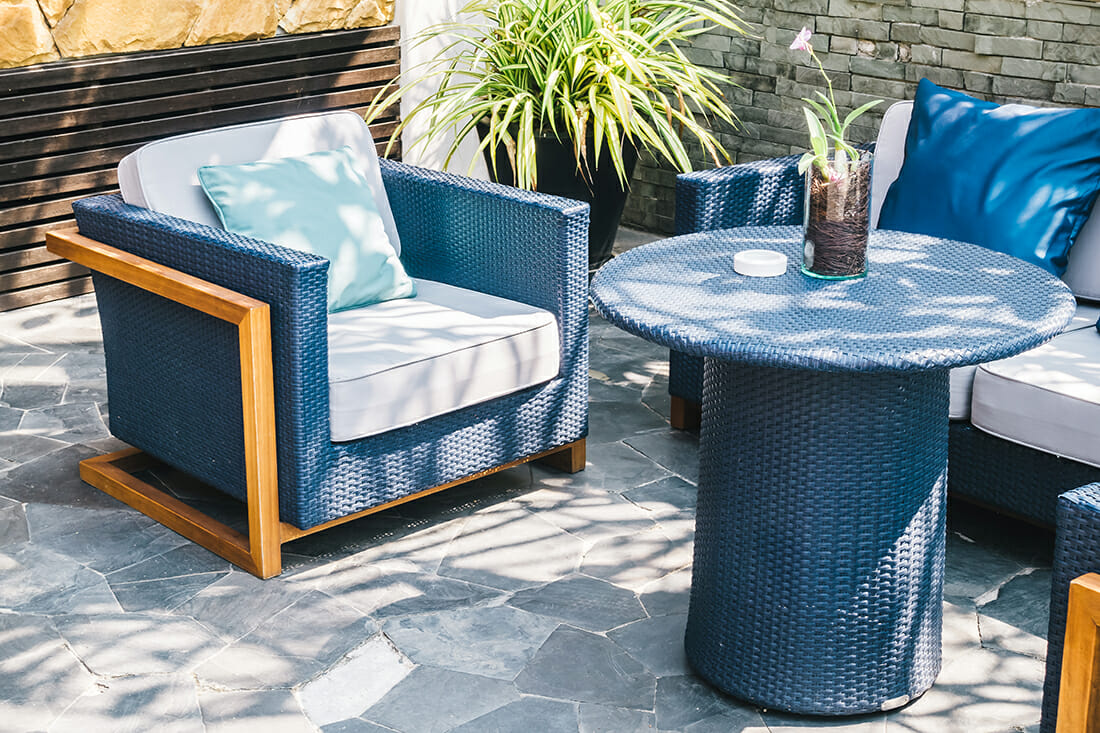
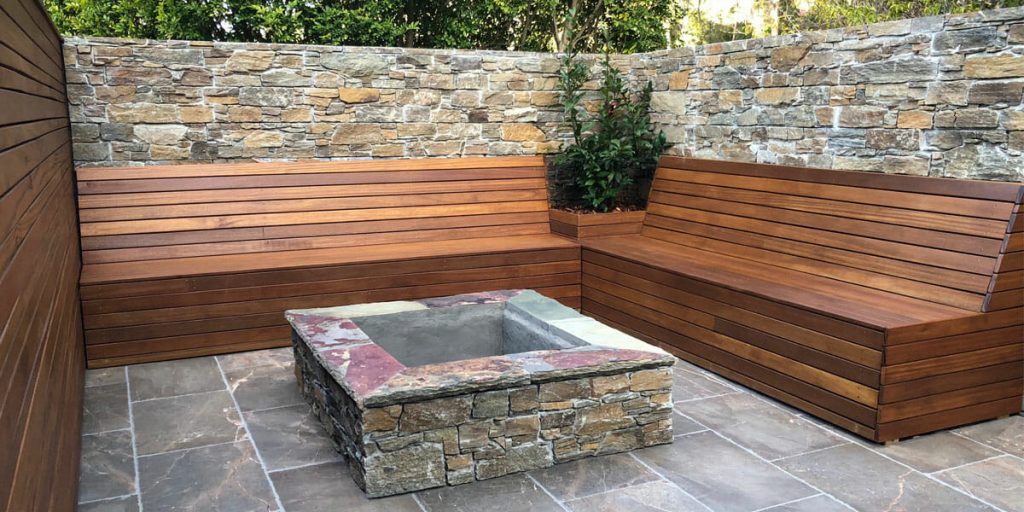
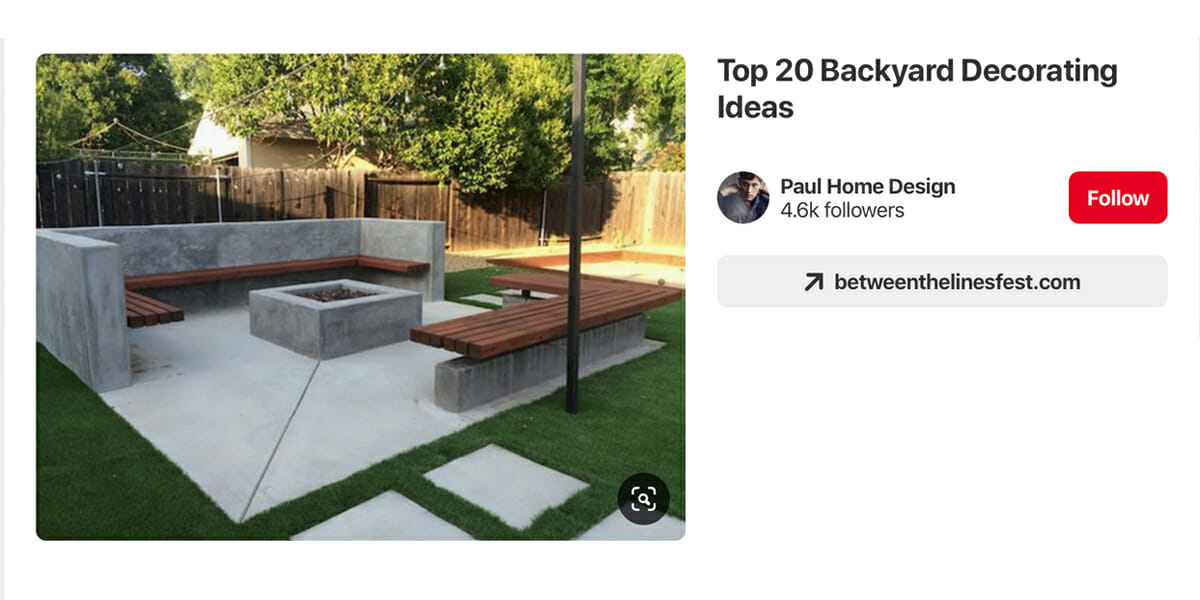
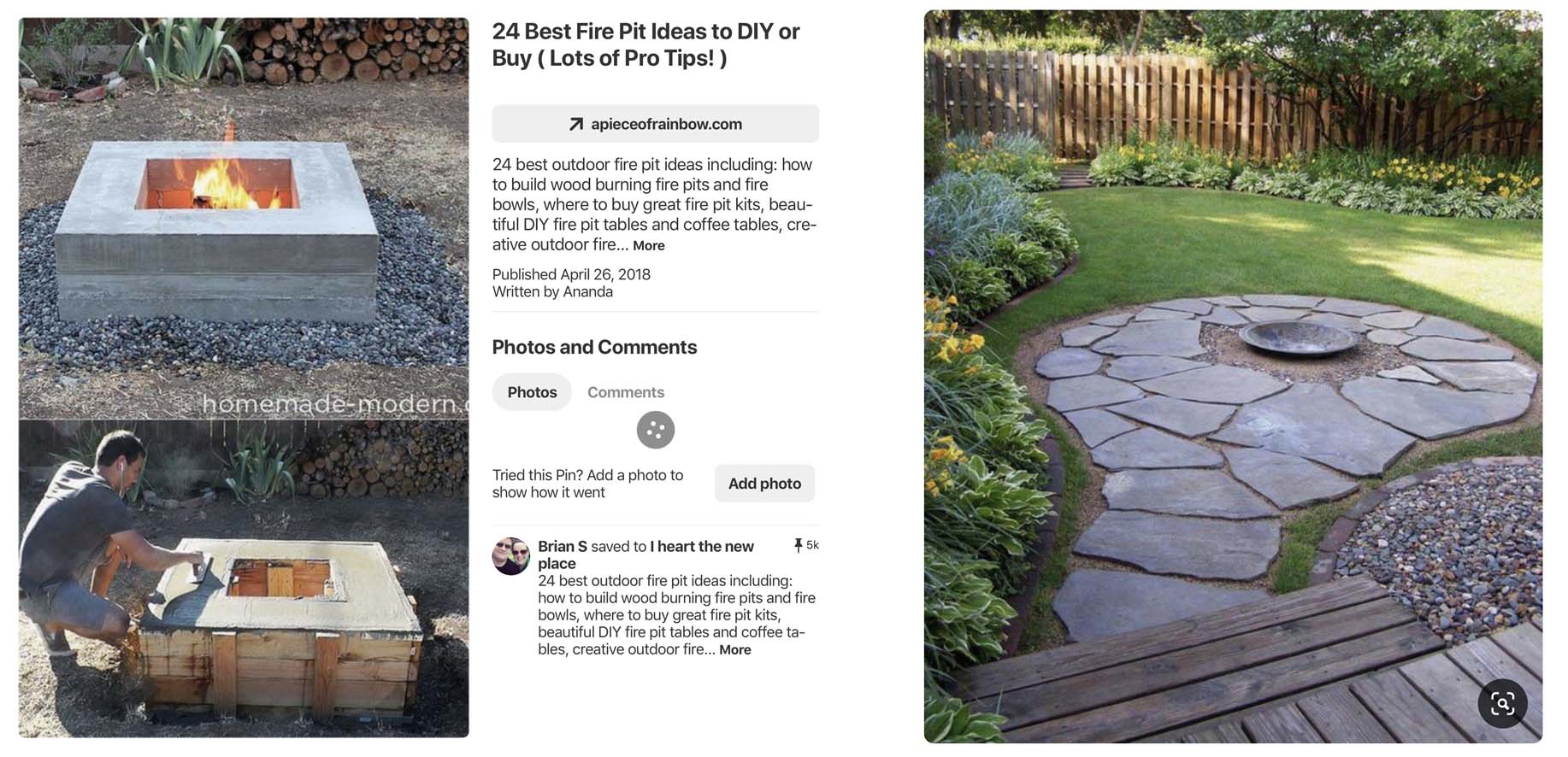
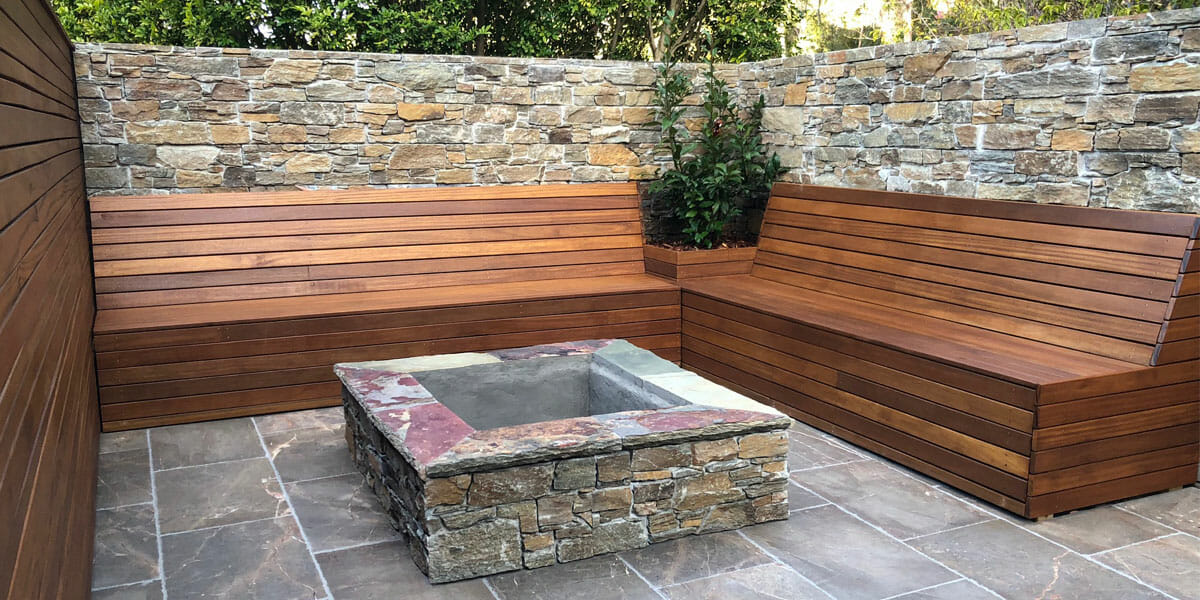
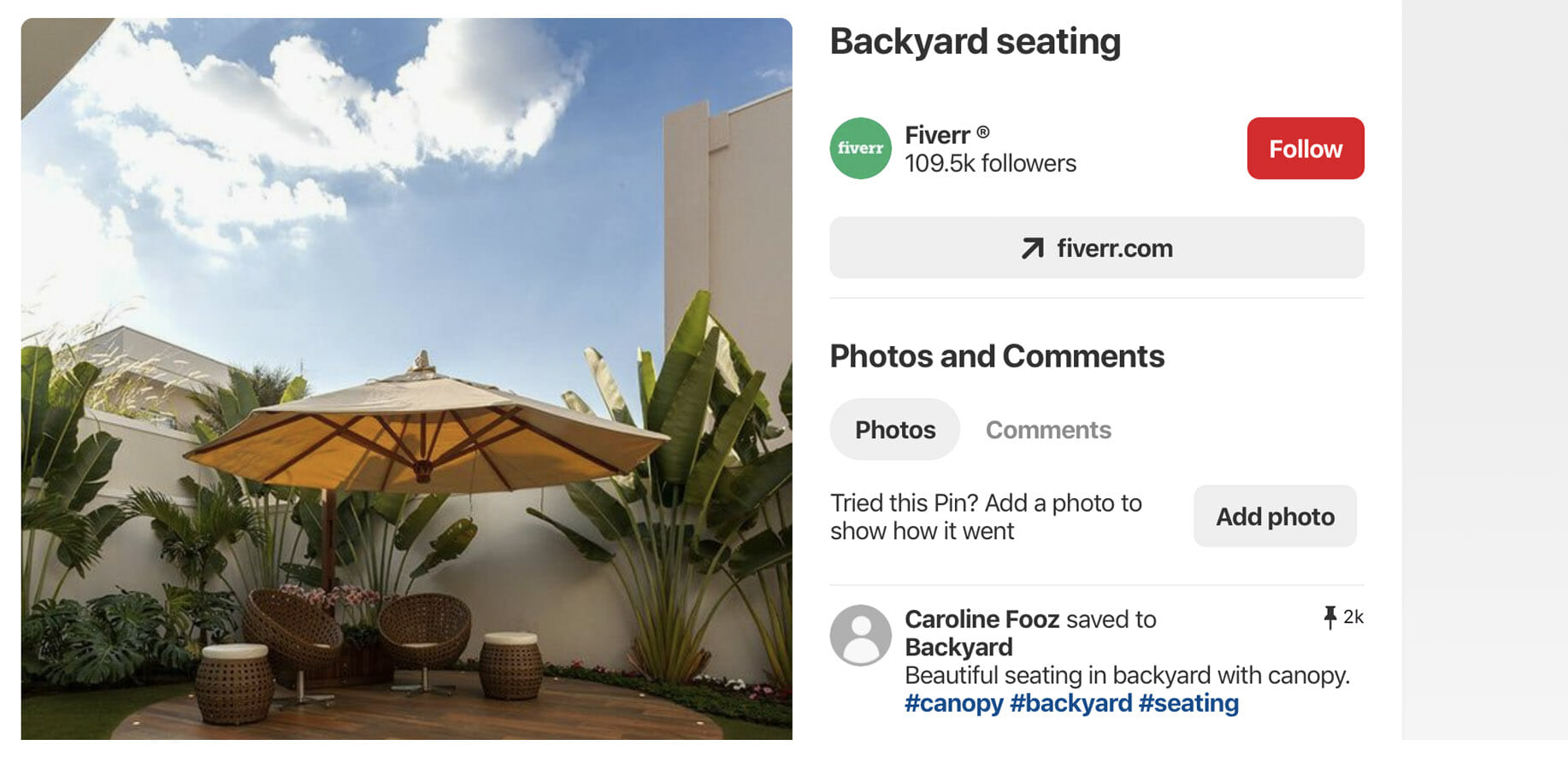
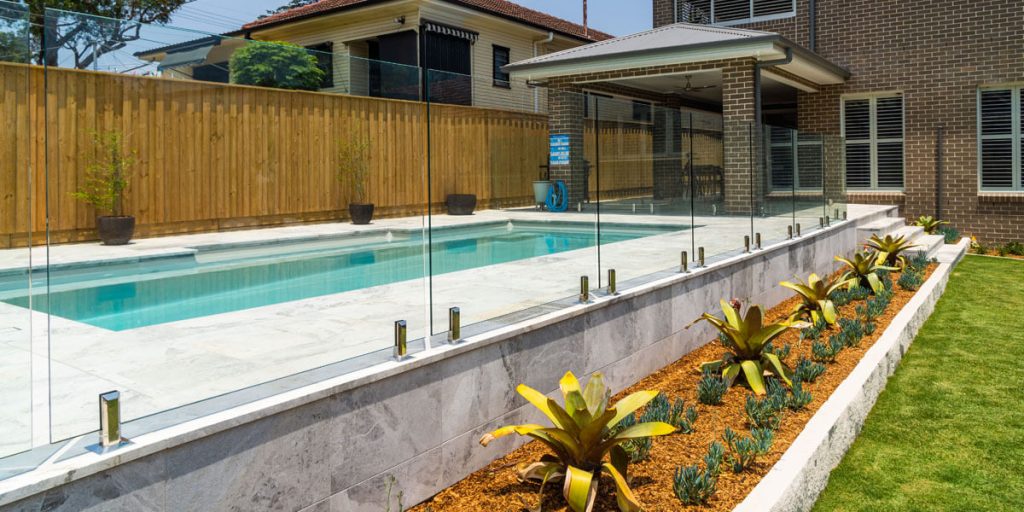
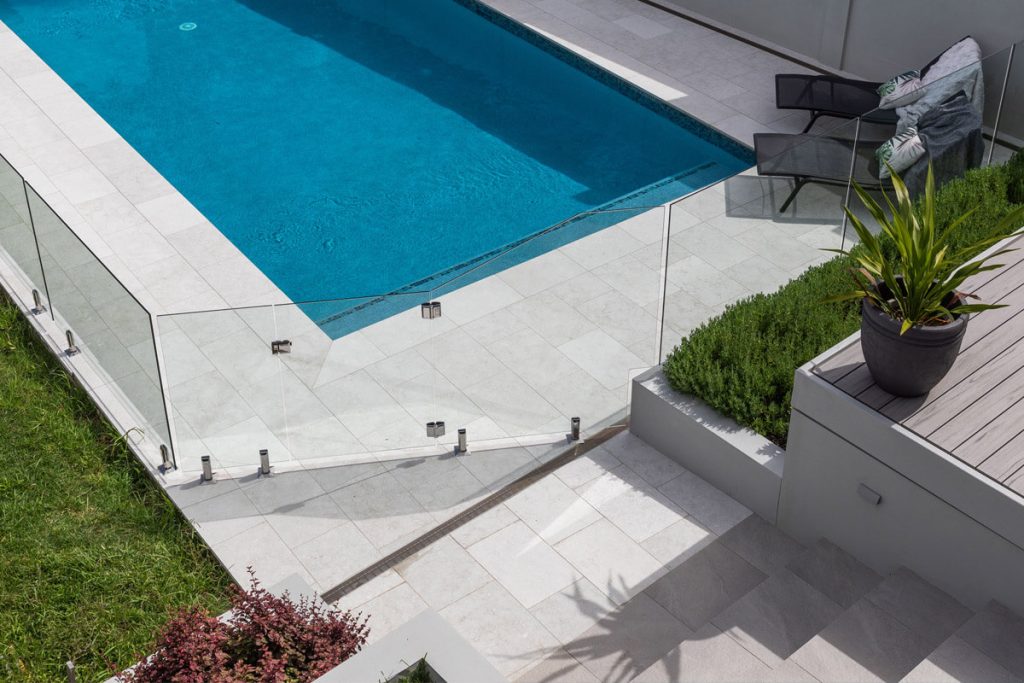
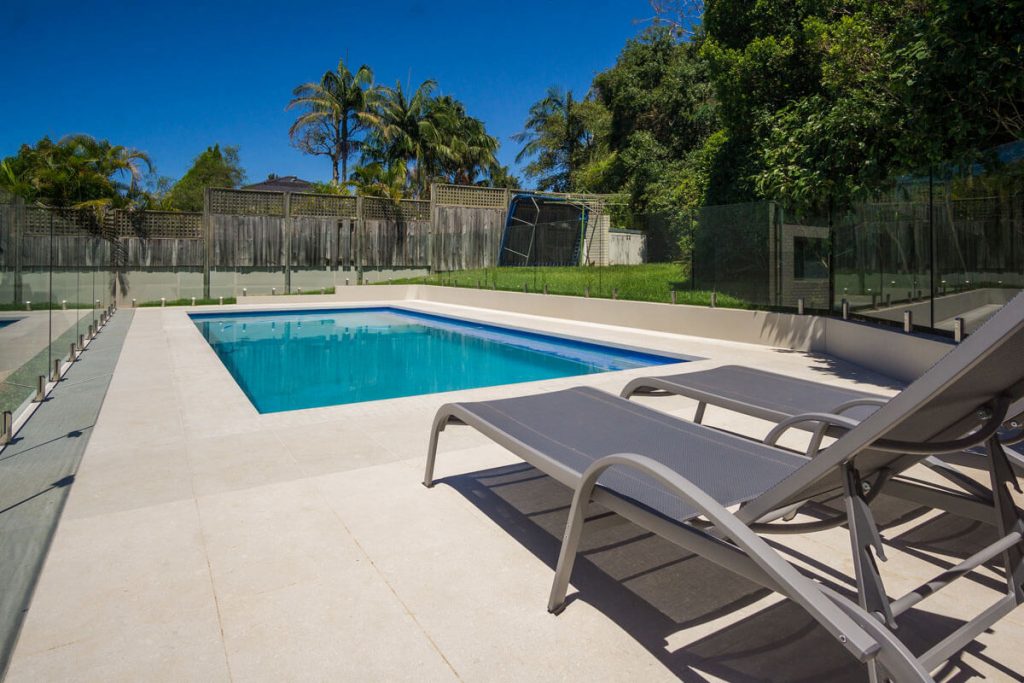
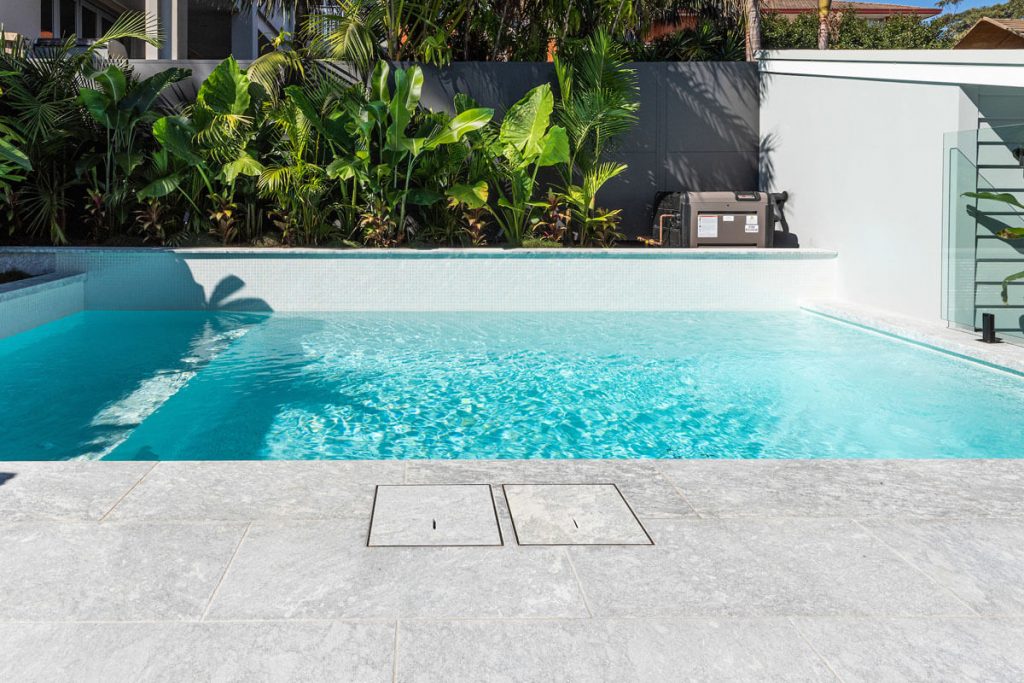
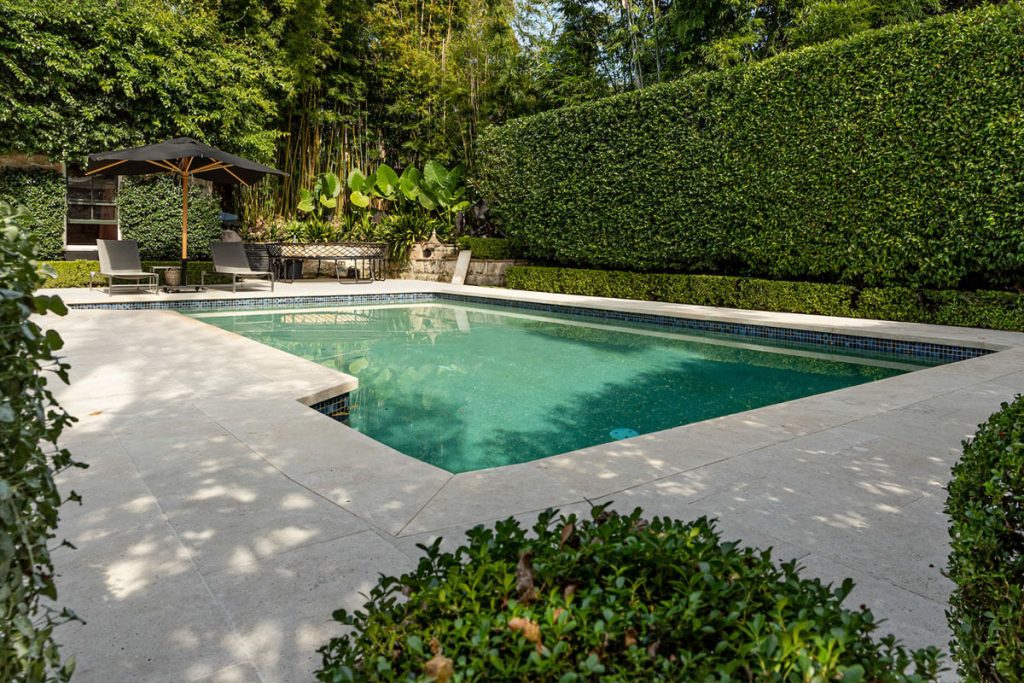
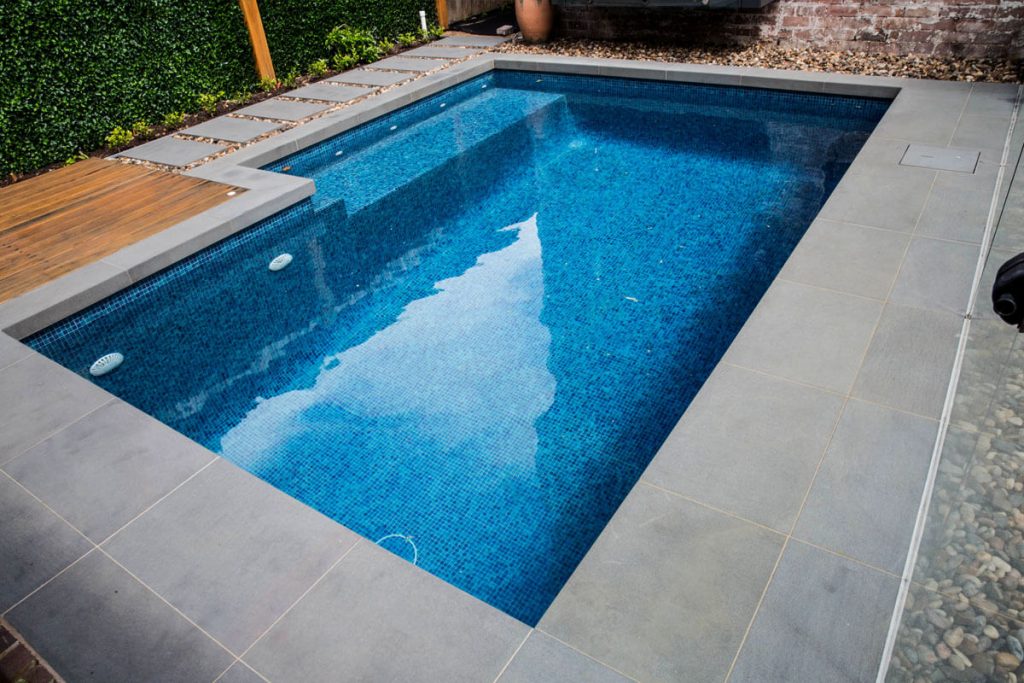
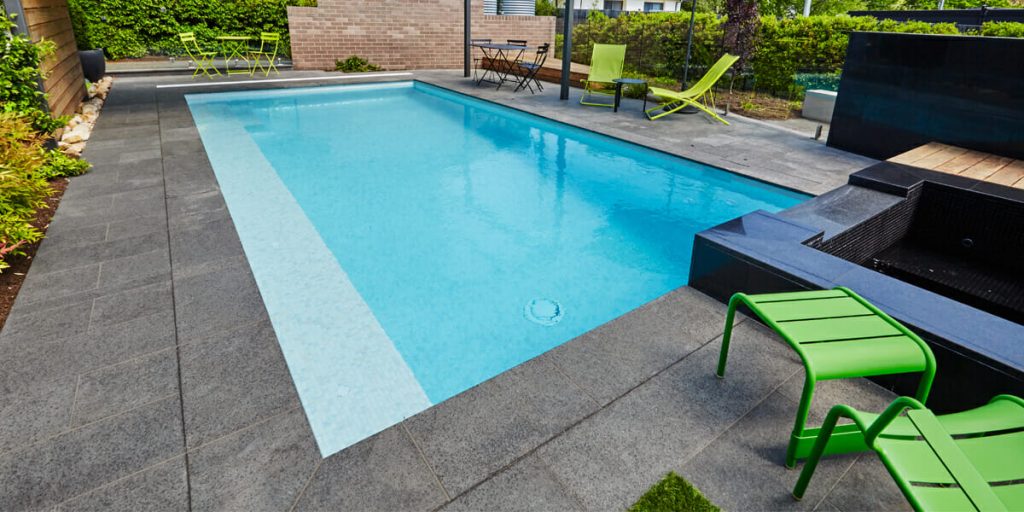
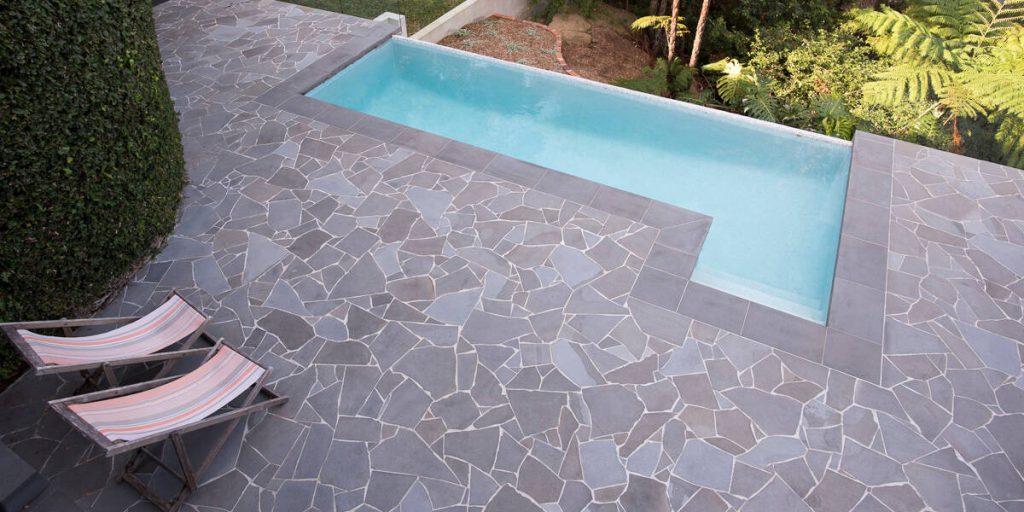
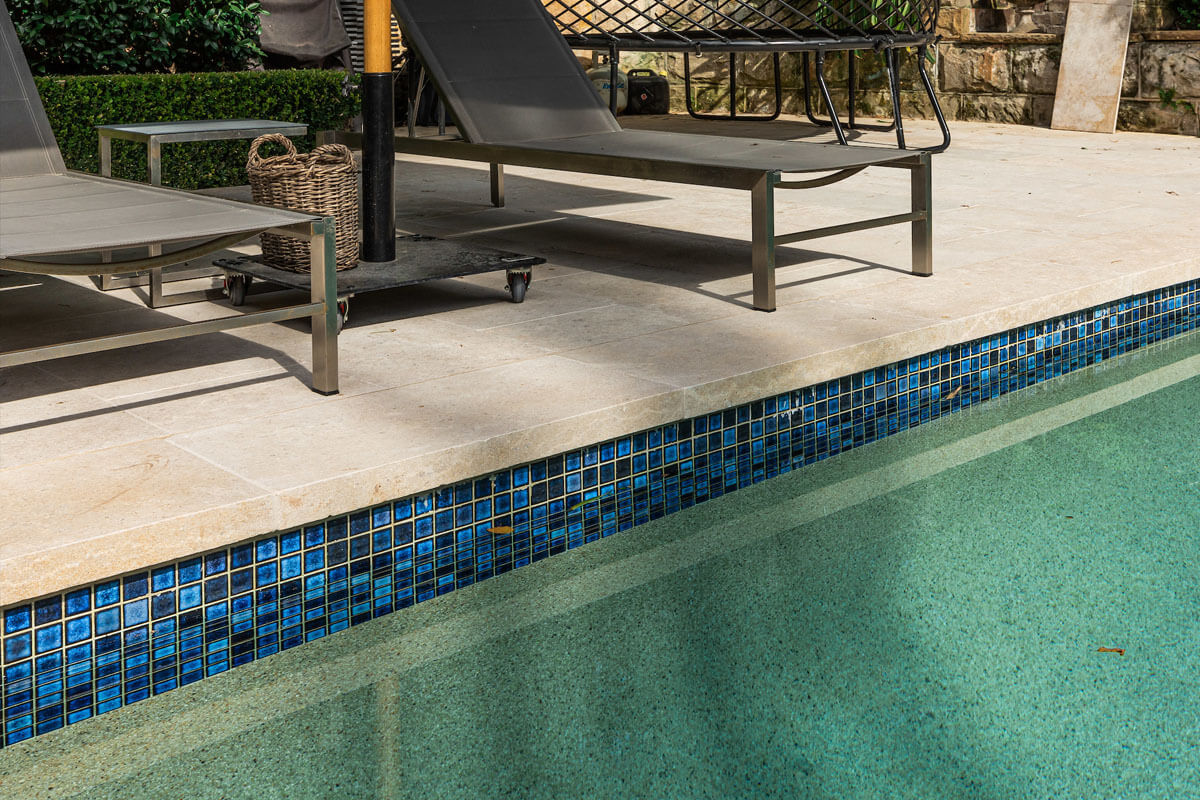
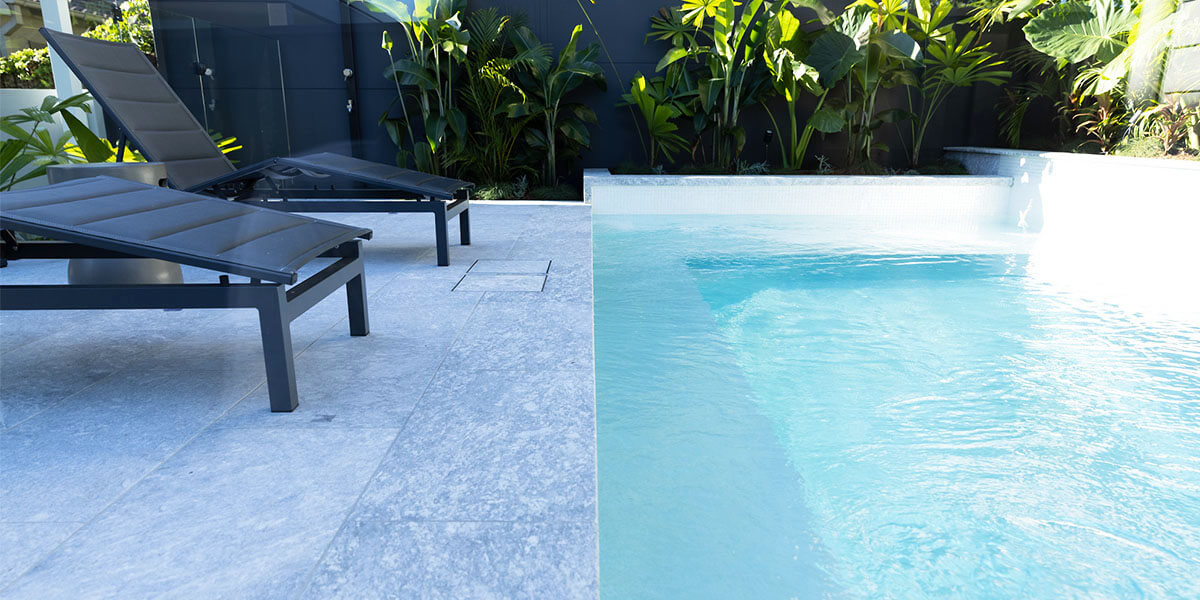
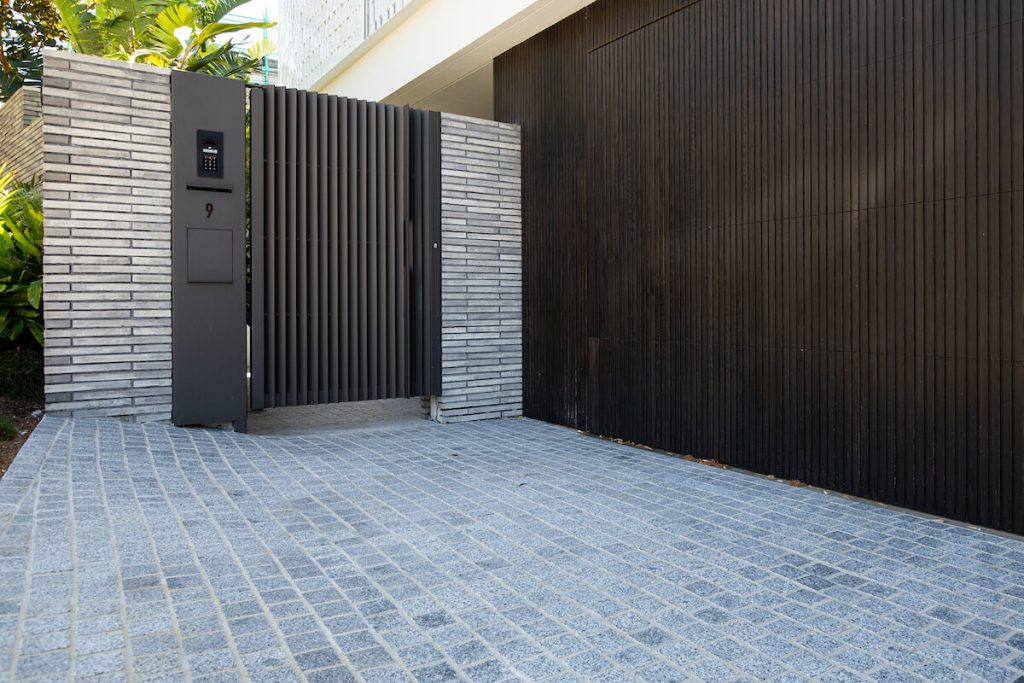
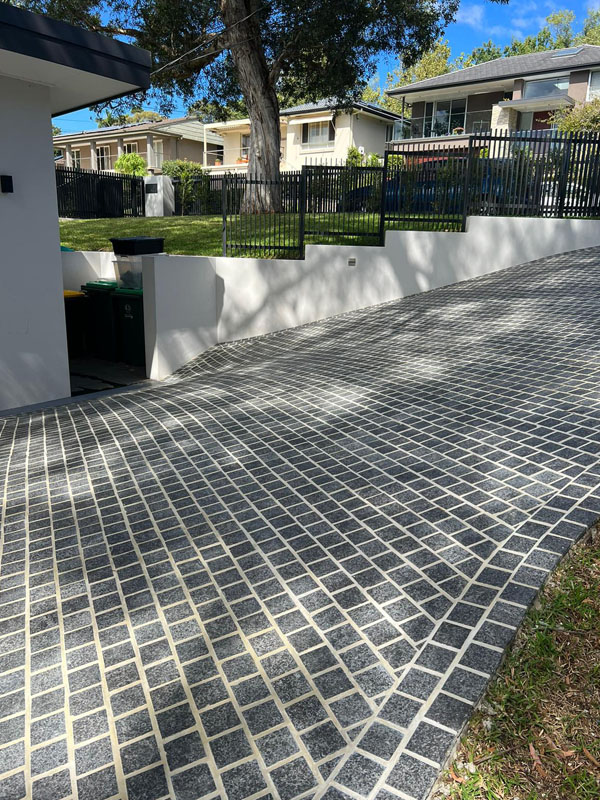
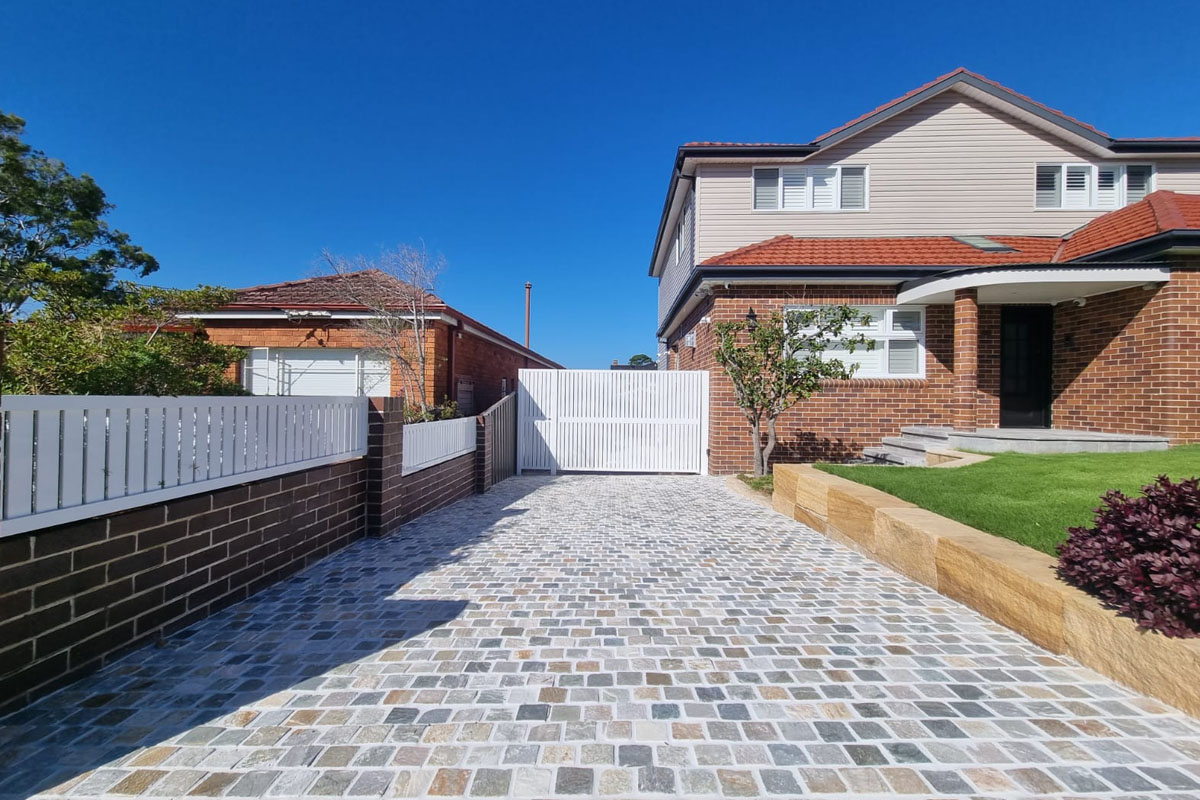
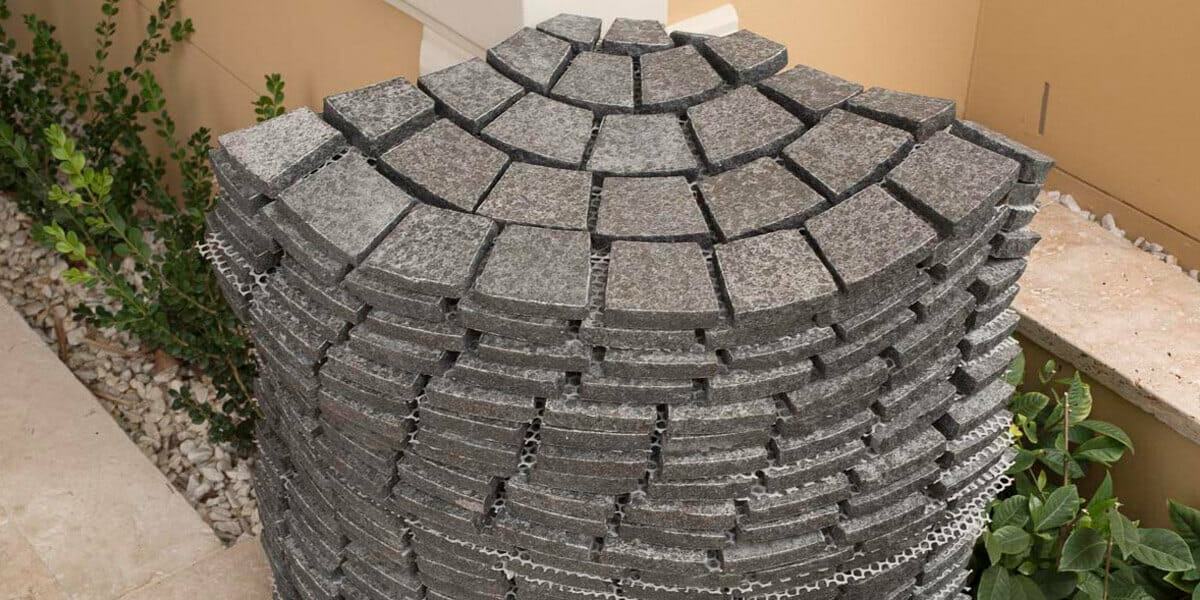

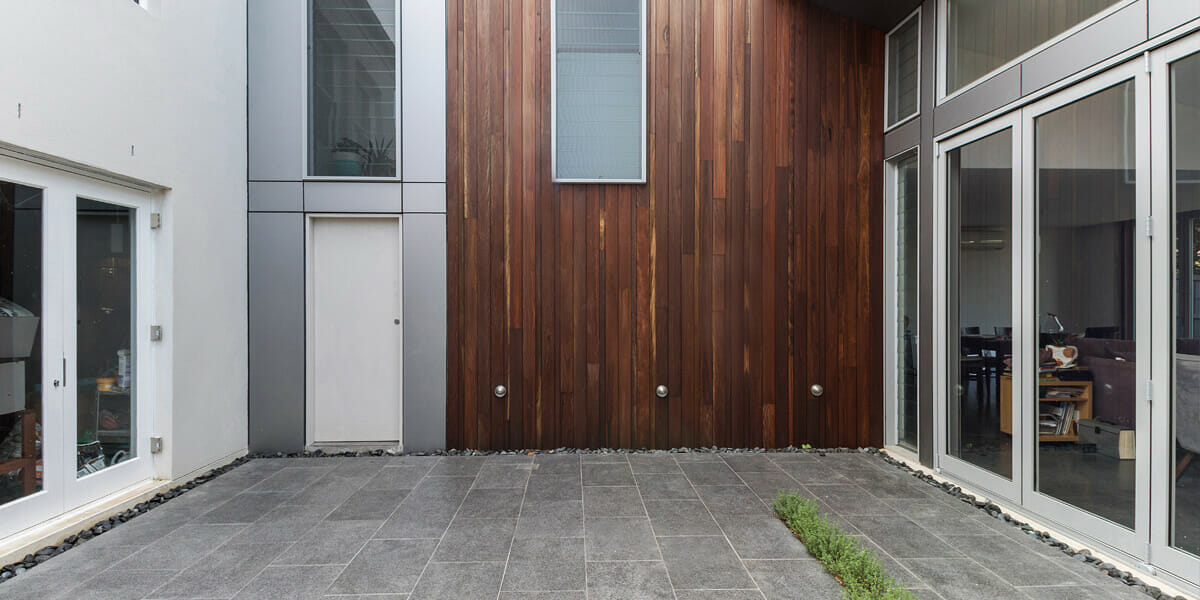 **
** 